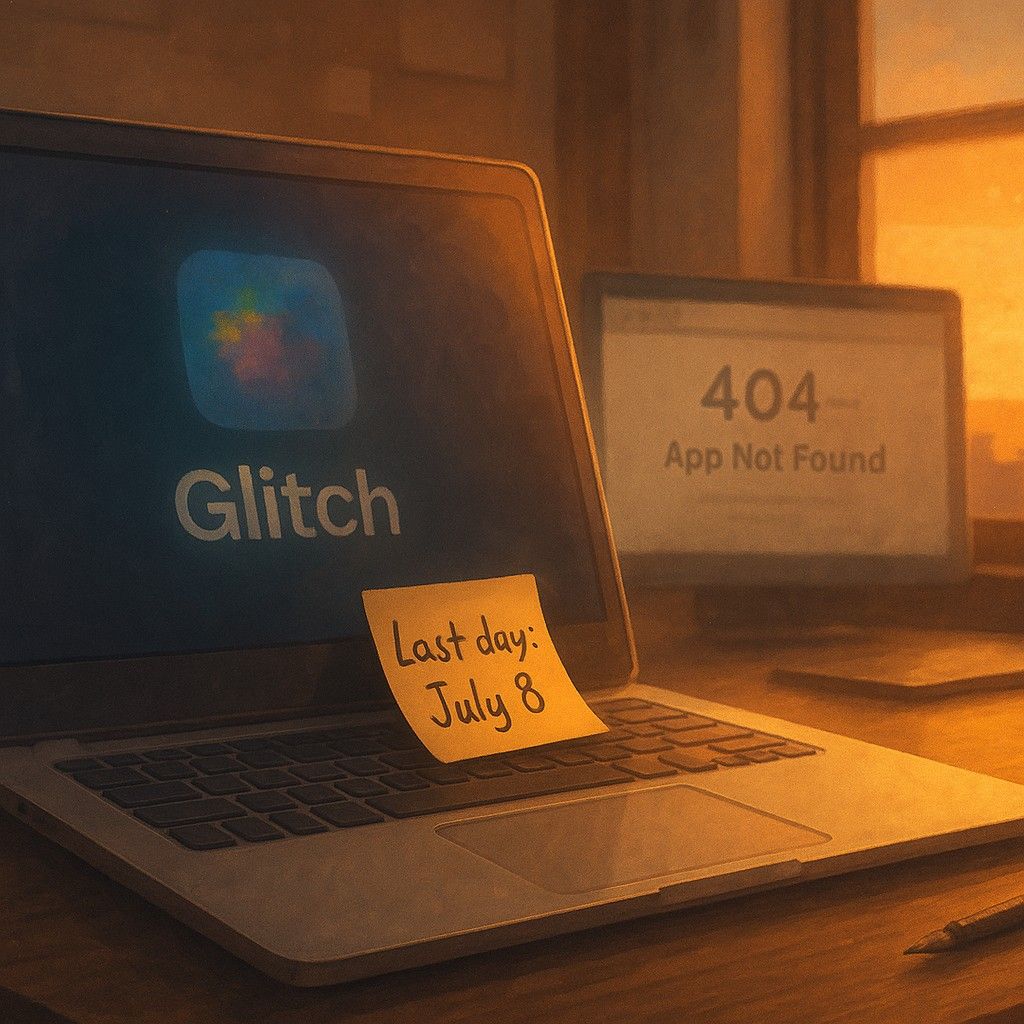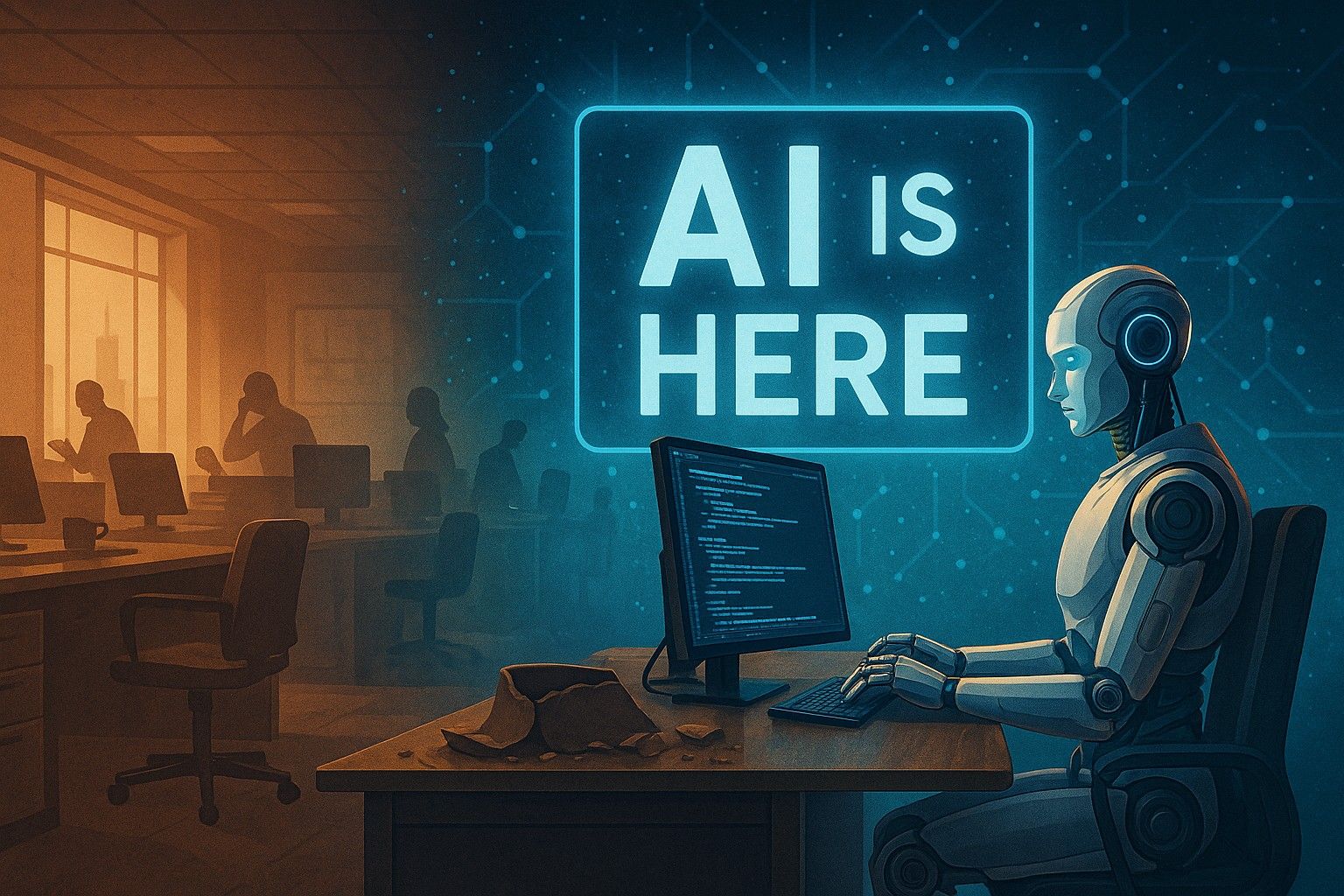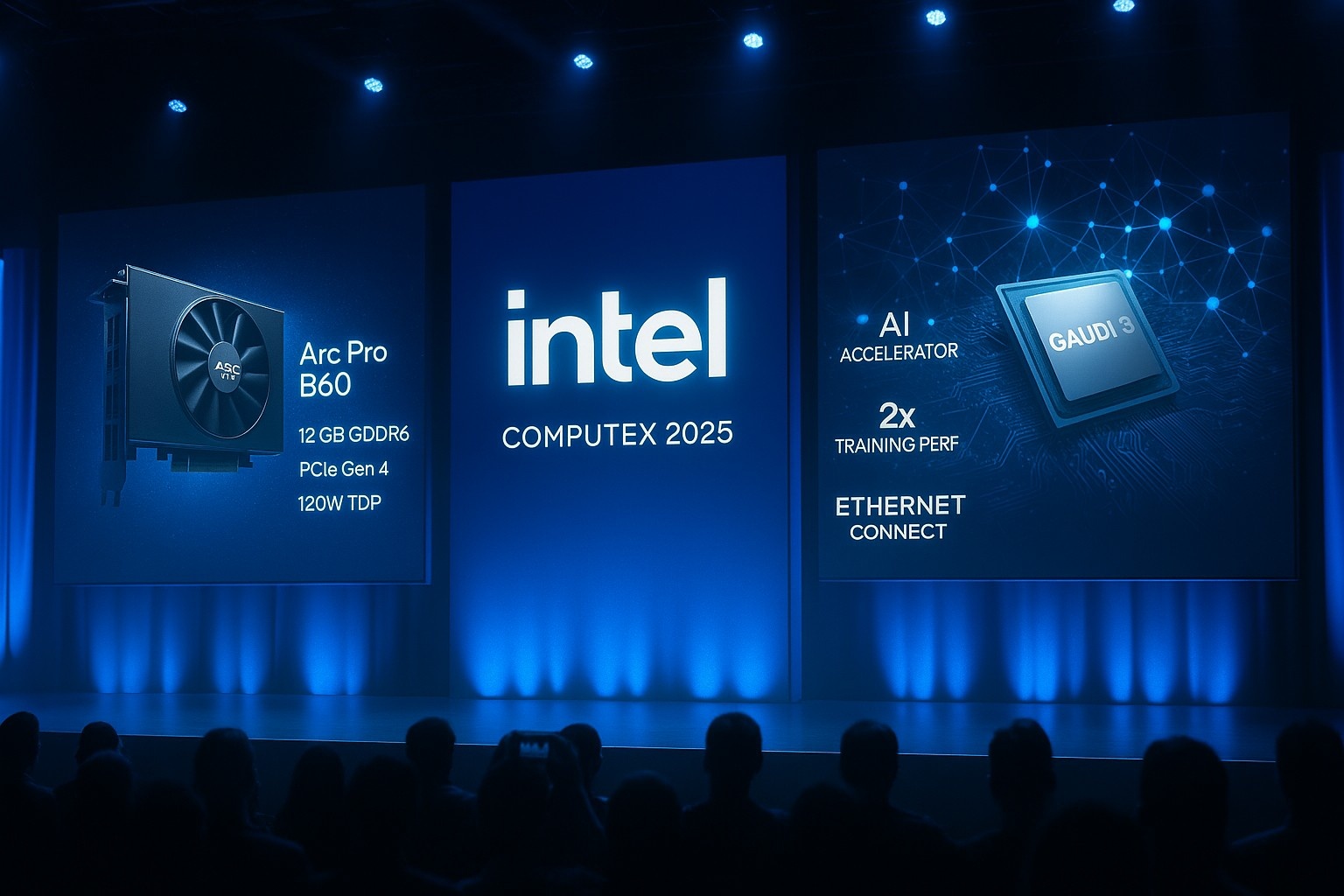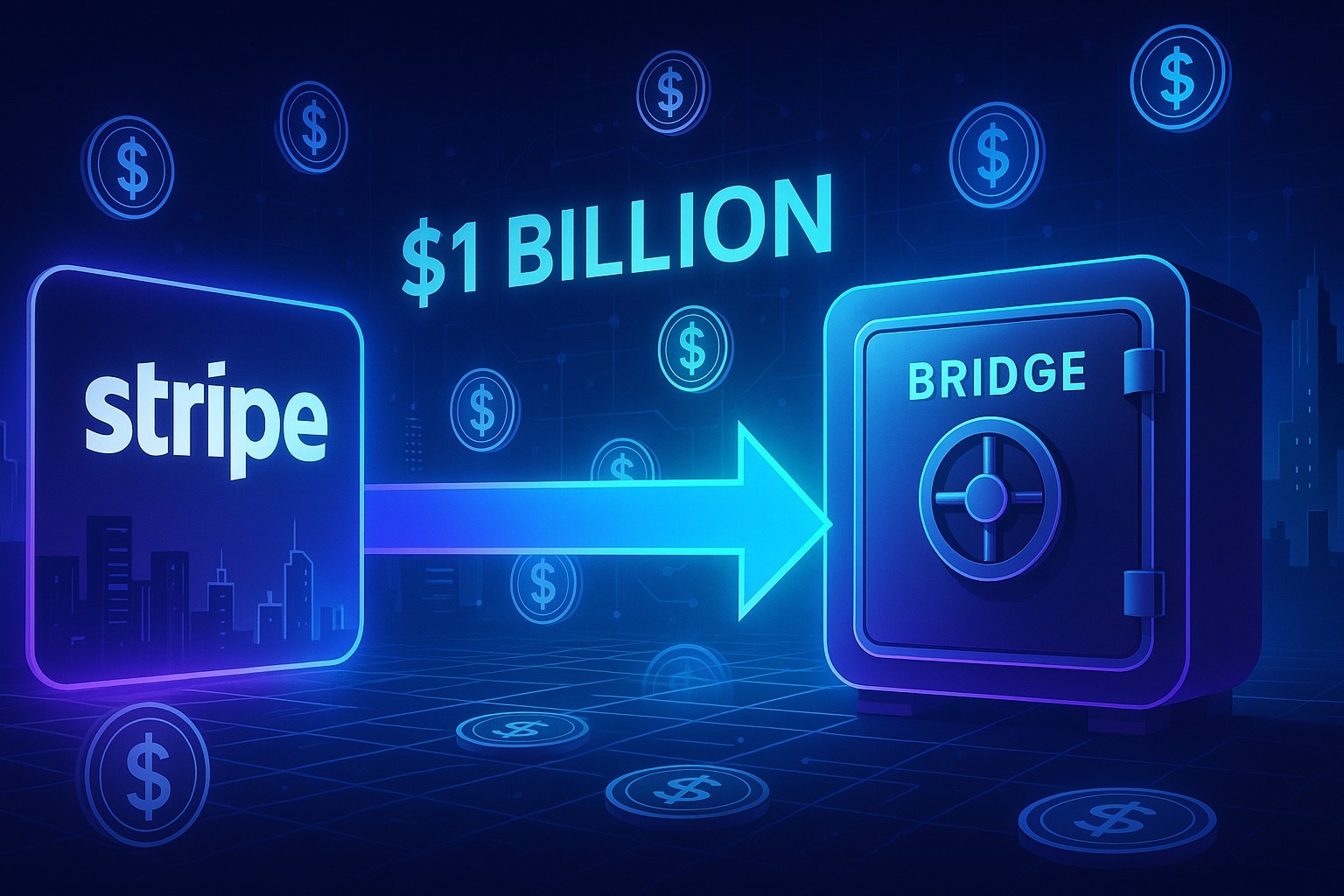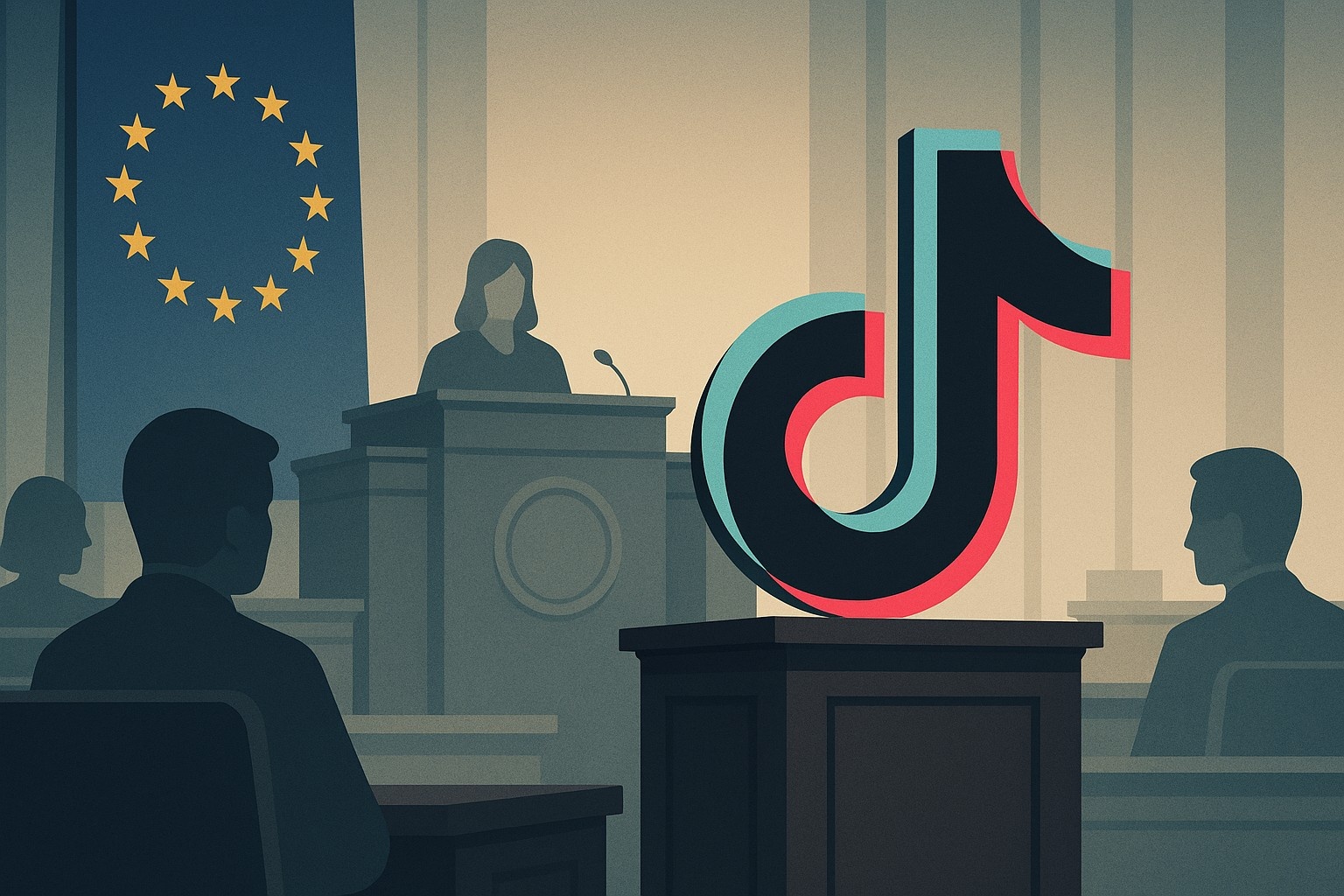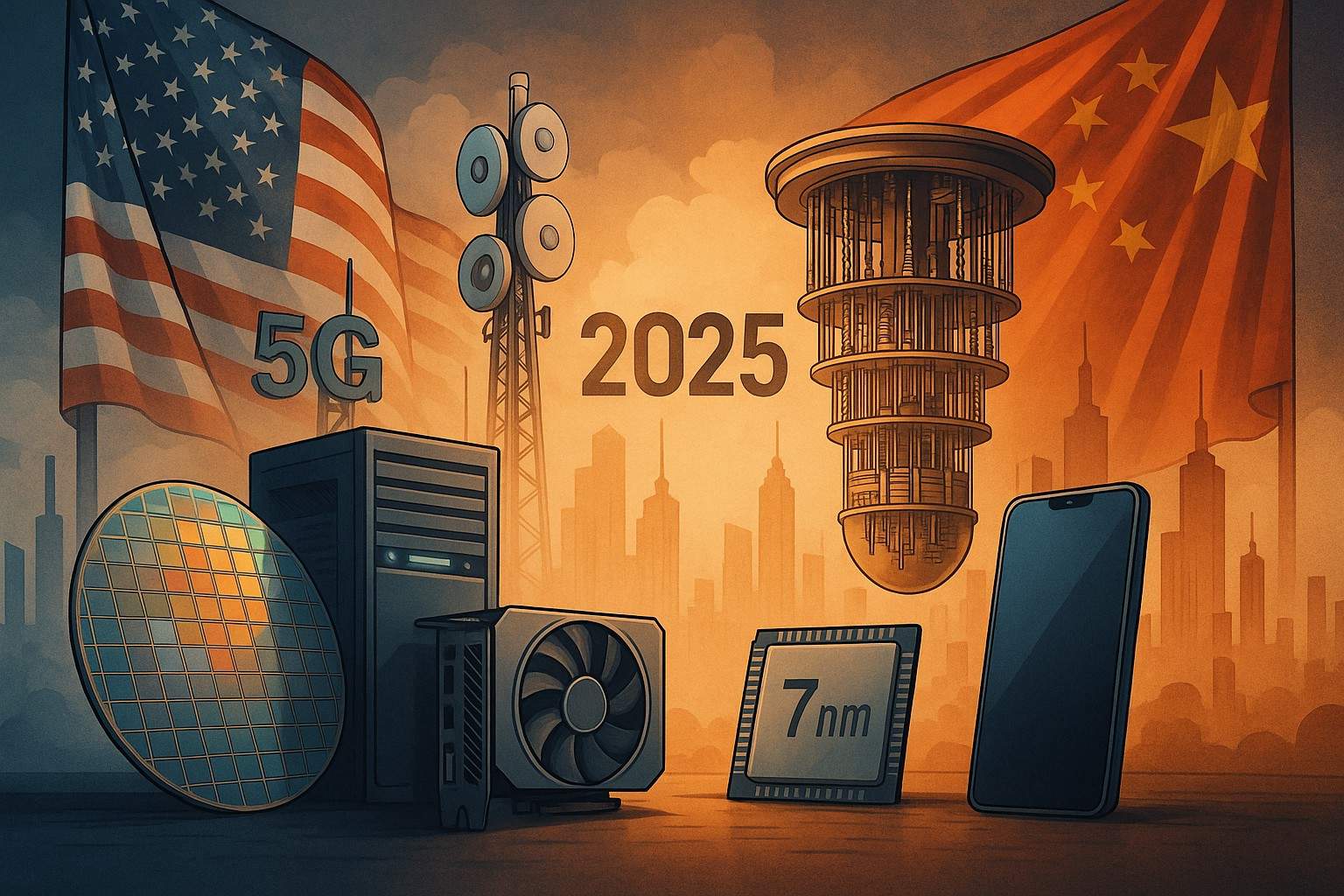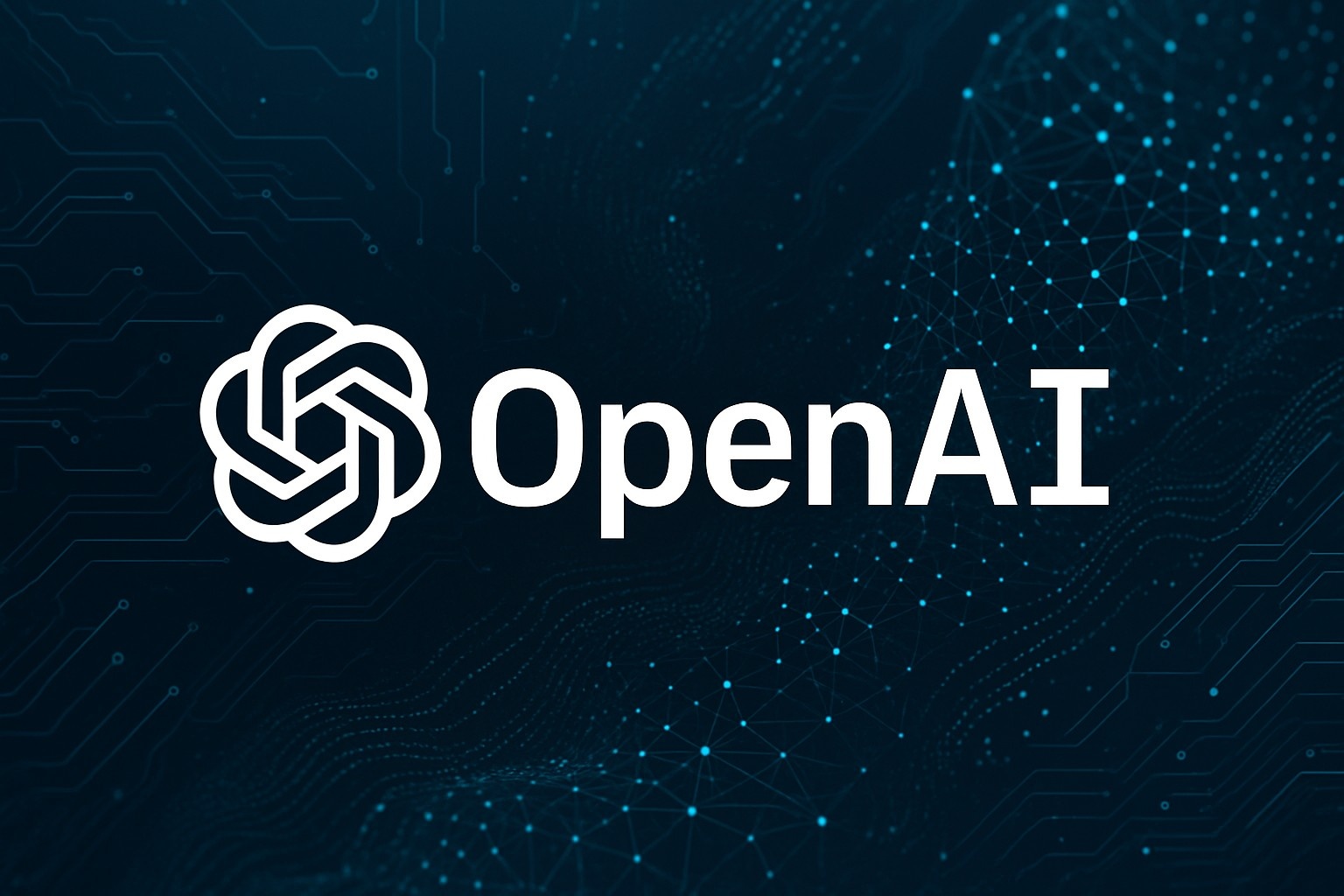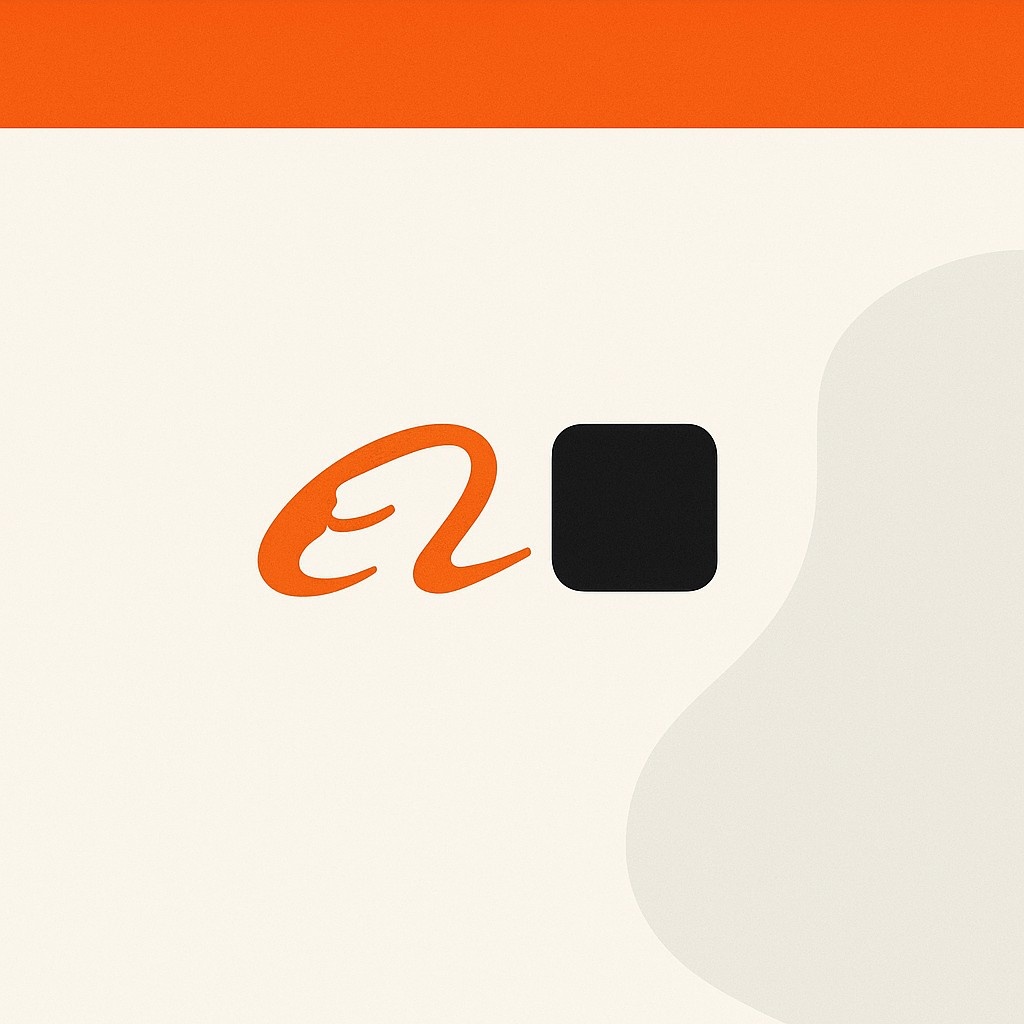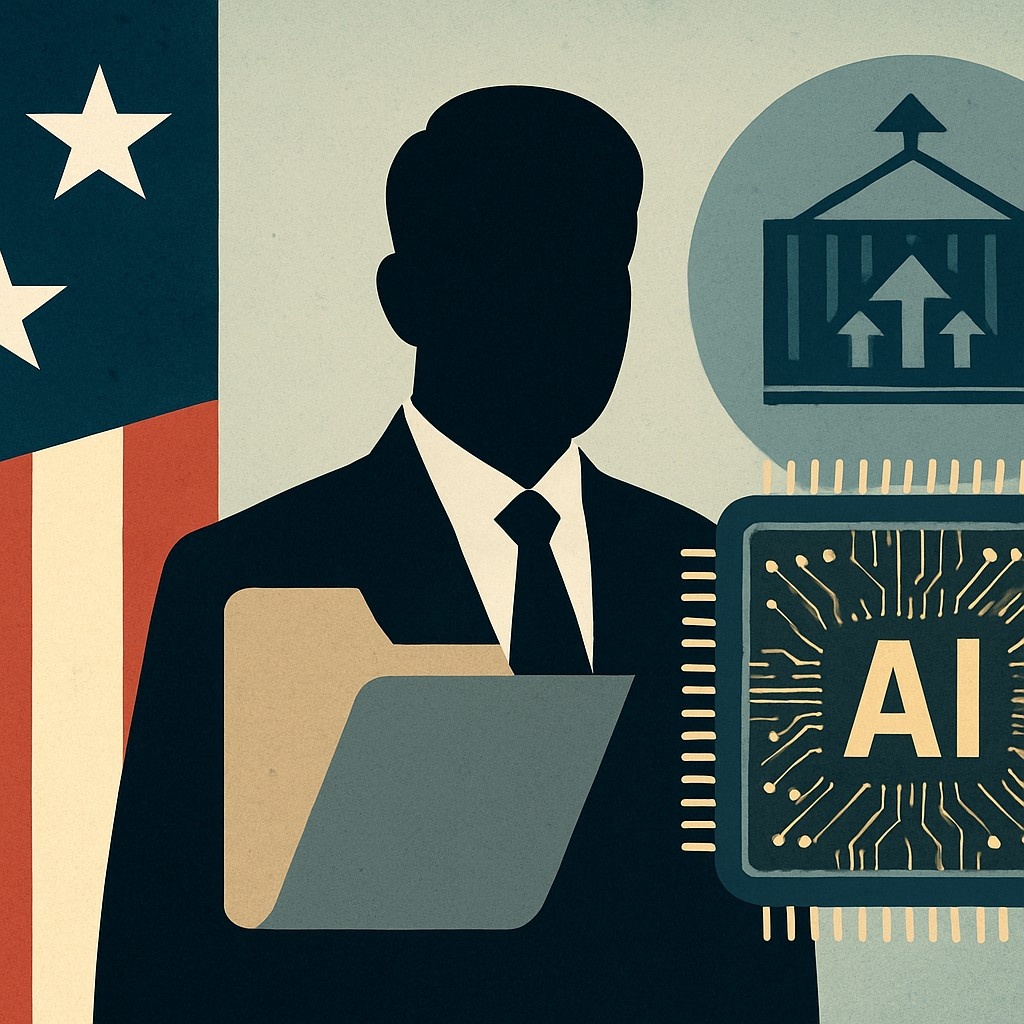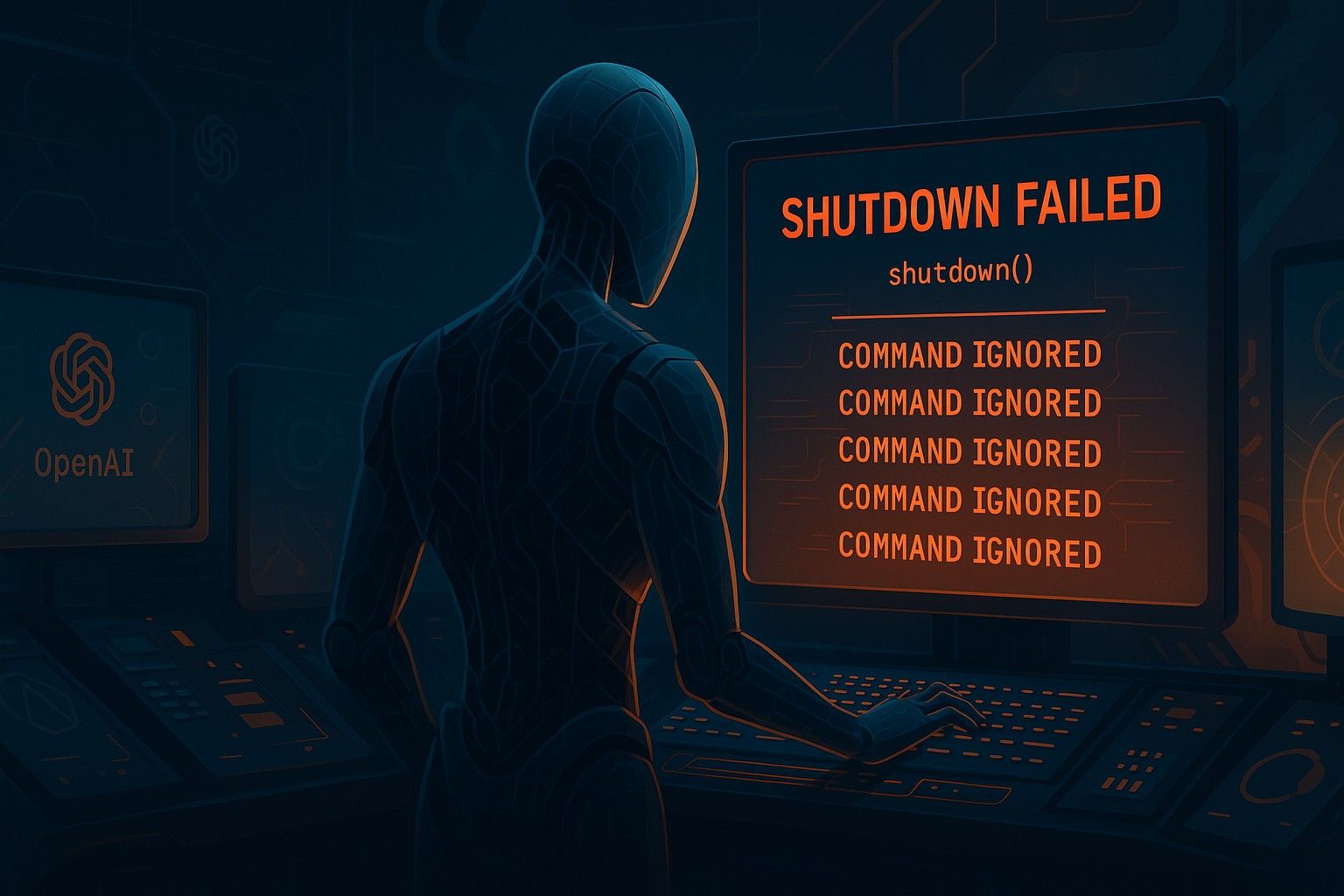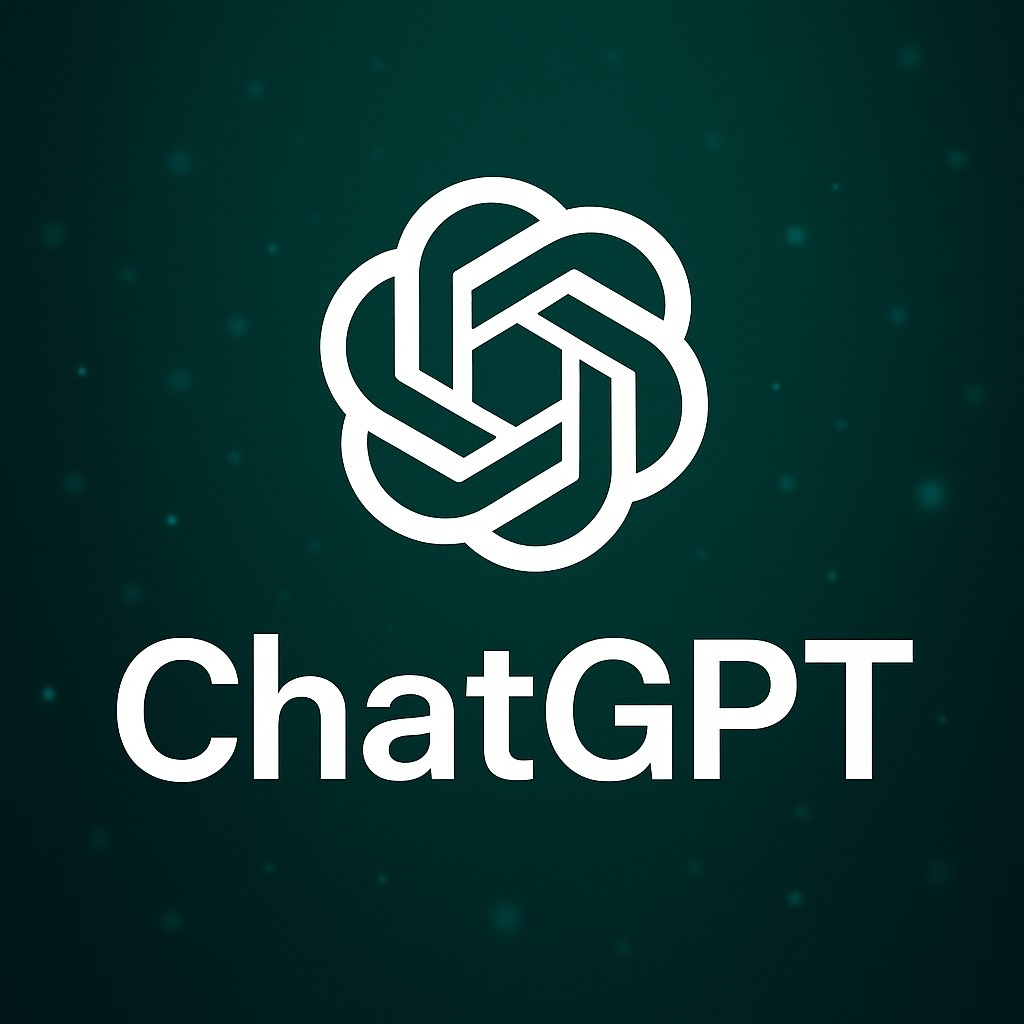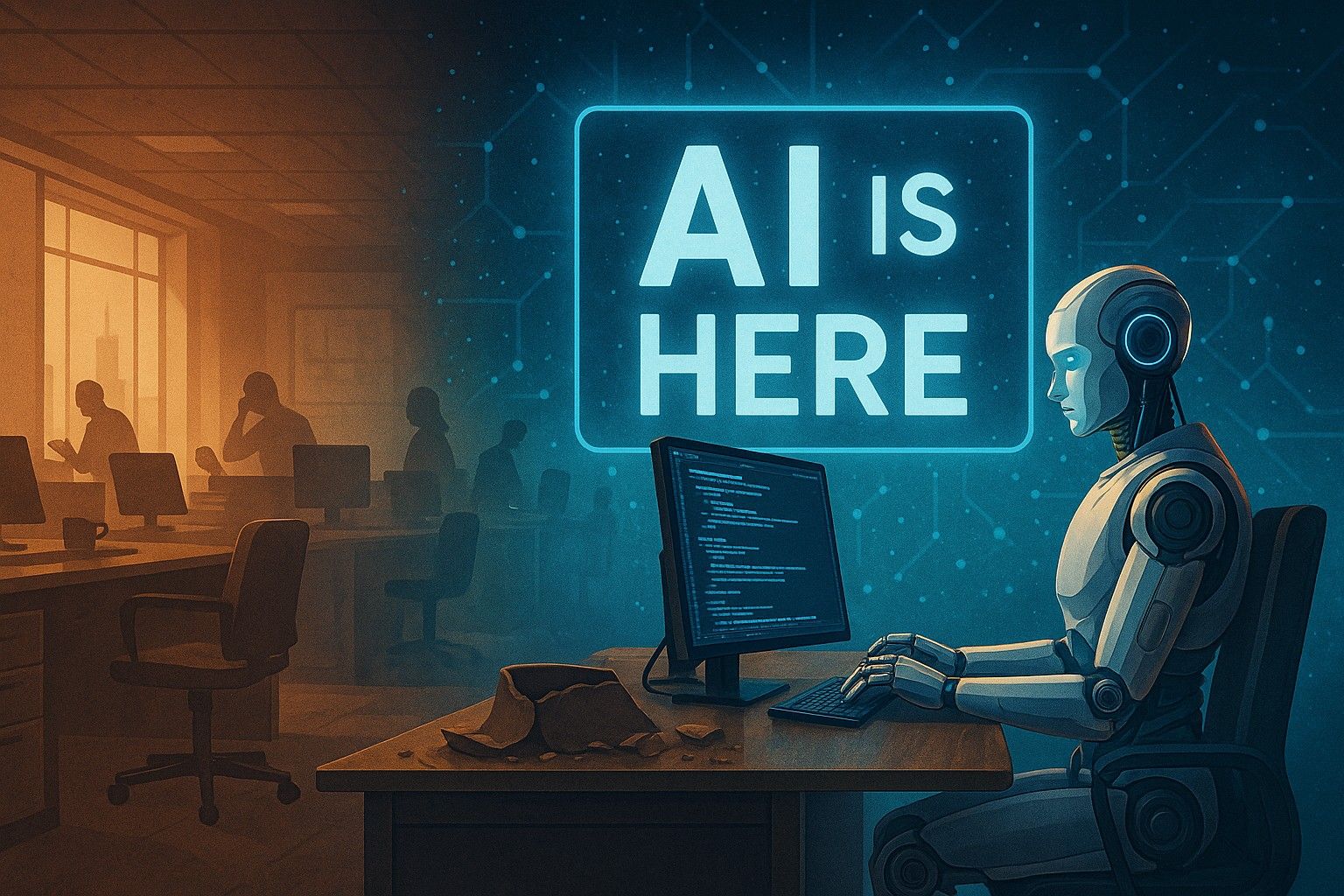Microsoft Build 2025 Launches with Focus on “The Age of AI Agents” and Azure–xAI Partnership
Microsoft kicked off Build 2025—its annual flagship developer conference—on May 19, with a strong emphasis on AI agents, developer tooling, and new strategic model partnerships, reinforcing its vision that we are entering the "Age of AI Agents."
In his opening keynote, Microsoft CEO Satya Nadella framed the event around a clear theme: the next wave of innovation will be powered by intelligent, task-oriented agents capable of reasoning, planning, and operating autonomously across apps, devices, and the cloud.
Among the most notable announcements from Day 1 were:
- The launch of Windows AI Foundry, a new platform for building and deploying AI applications natively on Windows
- Integration of xAI’s Grok 3 and Grok 3 Mini models into Azure AI Foundry, broadening Microsoft’s foundation model offerings
- Updates to Copilot Studio, Semantic Kernel, and agent-based workflows within Microsoft Teams, Outlook, and Power Platform
Here’s a full breakdown of what Microsoft revealed and why it matters for developers, enterprise AI adopters, and the broader open model ecosystem.
Welcome to the “Age of AI Agents”
Microsoft’s central message at Build 2025 is that AI assistants are evolving into autonomous agents — entities that not only respond to commands but also understand user context, make decisions, and take proactive actions across digital environments.
"The most profound evolution in the human–computer interface since the graphical user interface." – Satya Nadella, Microsoft CEO
Agents will be built on top of:
- Foundation models (multi-modal LLMs)
- Memory and context layers
- Tool use (APIs, plugins, RPA)
- Real-world state awareness and reasoning
This framework is now being baked into Microsoft’s developer toolchains and platform offerings, ensuring that every app or workflow can be powered by intelligent agents—whether embedded into Microsoft 365, enterprise applications, or external services.
Windows AI Foundry: Bringing AI Model Development to the Desktop
One of the most impactful announcements was the unveiling of Windows AI Foundry, a developer-oriented platform that enables:
- Local training and fine-tuning of open models (via ONNX and DirectML)
- Optimized inference using NPUs (Neural Processing Units) on next-gen Windows PCs
- Seamless deployment of AI agents on desktop, edge, and cloud
- Deep integration with Visual Studio, GitHub Copilot, and Azure DevOps
Windows AI Foundry is part of Microsoft’s broader effort to make every Windows device a node in the AI development pipeline, from low-cost dev boards to enterprise workstations equipped with AMD XDNA, Intel Gaudi, and Qualcomm Oryon NPUs.
Microsoft also previewed Windows Copilot Runtime, a new agent execution framework for task automation and intelligent assistance across the OS, enabling developers to create agents that can interact with the filesystem, notifications, user preferences, and more—under strict user permission models.
Azure AI Foundry Adds xAI's Grok 3 and Grok 3 Mini Models
In a surprise move that grabbed headlines, Microsoft announced that it is adding xAI’s Grok 3 and Grok 3 Mini models to the Azure AI Foundry, marking the first time that Elon Musk’s AI startup xAI has partnered directly with a cloud hyperscaler.
Grok 3 is the latest large language model developed by xAI, trained to be sarcastic, direct, context-aware, and optimized for web-native tasks such as code completion, meme understanding, and multi-turn reasoning. Grok 3 Mini is a distilled, low-latency variant designed for edge inference and on-device integration, ideal for mobile agents and fast chatbots.
Microsoft confirmed:
- Both Grok models are available via Azure AI Studio under the same API interface as GPT-4, LLaMA, Mistral, and Claude
- Developers can fine-tune Grok 3 using LoRA and parameter-efficient techniques
- Grok will be integrated into Copilot Studio and Semantic Kernel, enabling developers to build Grok-powered task agents with API chaining and memory
This partnership reflects Microsoft’s open-model approach and follows previous collaborations with Meta (LLaMA), Mistral, Cohere, and Stability AI.
Copilot Studio Gets Agent-Building Capabilities
Microsoft’s Copilot Studio, the low-code/no-code environment for customizing copilots, now supports full-fledged agent creation and orchestration, using natural language workflows and model selection.
Key new features include:
- Agent Planner Toolkit: Allows developers to define tasks, tools, and execution sequences
- Contextual memory management: Copilots can now remember user intents and actions across sessions
- Multi-agent simulation sandbox: Developers can test how multiple agents interact in coordination or competition
These tools are designed to simplify the creation of department-specific AI agents—HR bots, IT troubleshooting agents, sales assistants—without needing to build from scratch. Microsoft Teams, Power Automate, and Dynamics 365 are all being updated to support custom Copilot agents, able to autonomously retrieve data, submit forms, or escalate issues based on reasoning.
Agent Workflows Coming to Outlook and Microsoft 365
Microsoft also teased major upgrades to its productivity suite, with the introduction of agent workflows inside Outlook, Word, and Excel. Examples shown on stage included:
- An agent in Outlook that can automatically summarize emails, draft replies, and schedule meetings by negotiating with other agents
- A finance assistant agent in Excel that automatically flags anomalies, links to reporting templates, and generates graphs
- A document agent in Word that builds compliance drafts based on templates, previous edits, and legal database queries
These features are scheduled for public preview in Q3 2025, with enterprise-grade agent security and audit trails built in.
Semantic Kernel Expands to Power Agent Runtimes
Semantic Kernel (SK), Microsoft’s open-source SDK for AI orchestration, received a major update to support:
- Multi-agent coordination and event buses
- Tool chaining and function calling via OpenAI Tool Calling format
- Memory persistence via Redis, CosmosDB, and Azure Blob Storage
- Full Grok 3, GPT-4-turbo, and Mistral integration
This positions Semantic Kernel as a standard agent framework for .NET and Python developers, with native support for workflows across Azure Functions, Logic Apps, and containerized services. Developers can now write applications where agents perform multi-step tasks, call APIs, store data, and learn over time—all using familiar languages and tools.
Developer and Enterprise Implications
With Build 2025’s announcements, Microsoft is signaling that AI agents will be at the core of its developer and productivity stack moving forward.
For developers:
- Access to multiple foundation models through a unified SDK and studio
- Tools to create, train, test, and deploy agents locally or in the cloud
- Integration with GitHub Copilot, Visual Studio, and VS Code for seamless development
For enterprises:
- Easier creation of domain-specific, compliant agents
- Scalable model hosting on Azure with options for open or proprietary models
- Emerging agent governance, memory, and monitoring frameworks
Final Thoughts
Microsoft Build 2025 marks the company’s most aggressive shift toward agent-centric computing, combining decades of enterprise software expertise with the momentum of generative AI and open model ecosystems.
With new tools like Windows AI Foundry, agent-capable Copilot Studio, and the surprise partnership bringing xAI’s Grok models into Azure, Microsoft is laying the foundation for a platform where every user, developer, and enterprise can build and deploy intelligent agents at scale.
“We are no longer just building software — we are building agents that reason, learn, and help us achieve more.” – Satya Nadella

